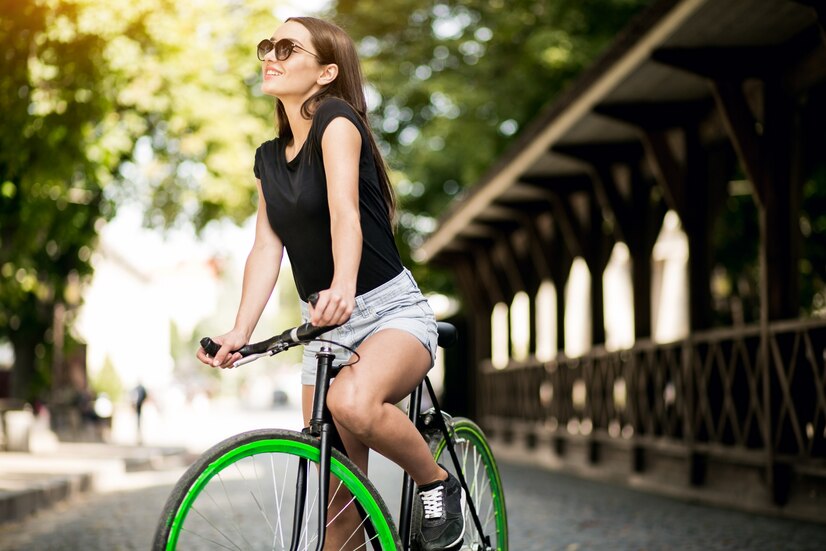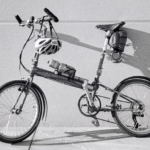In this comprehensive guide, we will explore how to avoid back pain while riding bike. We’ll delve into the significance of maintaining an ergonomic posture on your bicycle and how it can enhance your riding experience.
Riding a bike is not only a great way to stay active and enjoy the outdoors, but it can also be a convenient mode of transportation. However, many cyclists often overlook the importance of maintaining proper posture while riding which can lead to back pain.
Let’s discuss the potential health implications of poor riding habits. Keep reading if you want to pedal your way to a pain-free ride.
How Does Cycling Cause Back Pain?
Cycling is an excellent form of exercise, offering numerous health benefits and an eco-friendly mode of transportation. However, like any physical activity, it comes with its set of challenges.
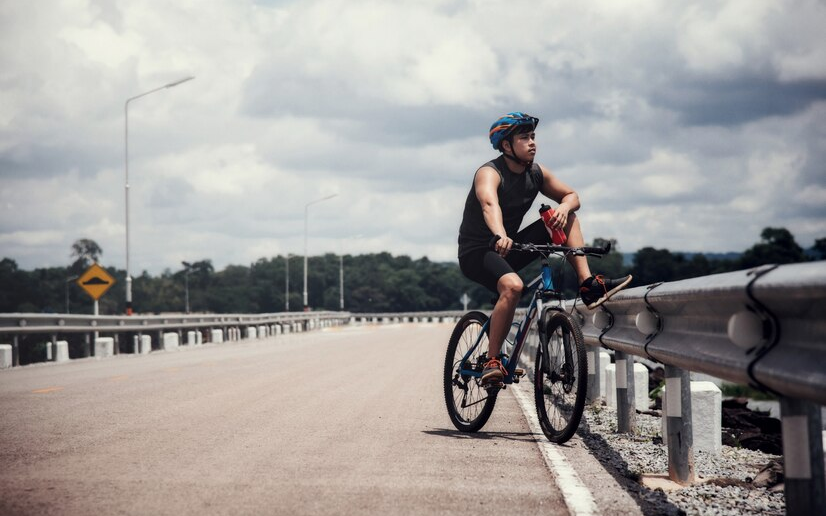
One of the most common complaints among cyclists, both amateur and professional, is back pain. Understanding the root causes of this discomfort can help in preventing and addressing the issue effectively.
The three core reasons for back pain from cycling are posture, terrain, and biking position. Let’s discuss them in detail below.
1. Posture
One of the primary culprits behind back pain in cyclists is improper posture. When a rider slouches or hunches over the handlebars, it places undue stress on the spine, especially the lumbar region.
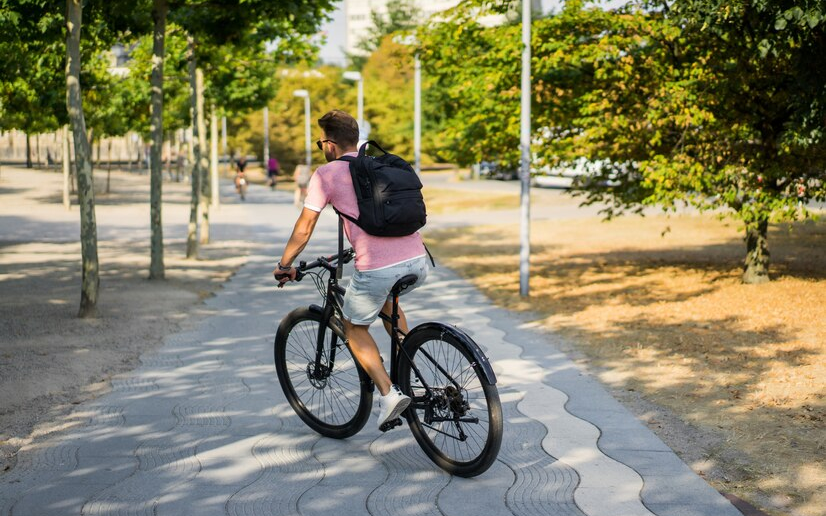
This misalignment, over time, can lead to muscle strain, disc issues, and persistent pain. A relaxed, yet upright posture with a neutral spine is essential, but many cyclists, in their quest for speed or due to bad habits, neglect this fundamental aspect of riding.
2. Terrain
The type of surface a cyclist rides on can significantly impact the back. Rough terrains with uneven surfaces, potholes, and sudden bumps can deliver sharp jolts to the spine.
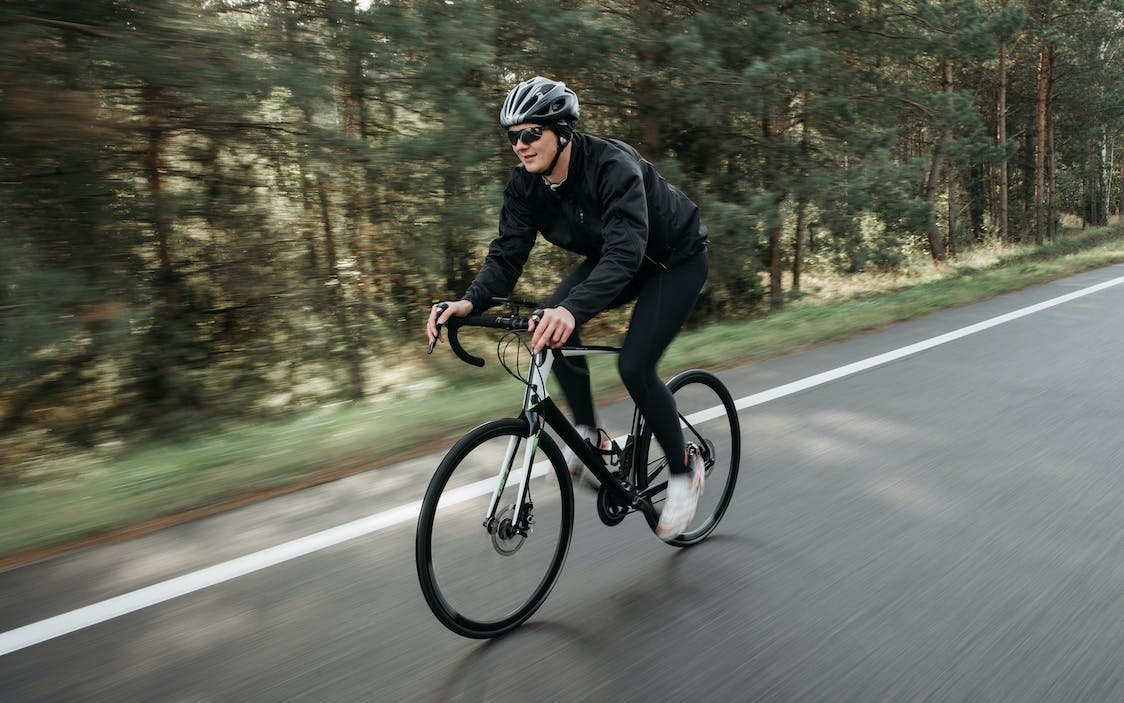
Each unexpected impact or vibration from the ground travels up the bike frame and into the rider’s body, concentrating on the lower back. Over time, consistently riding on such challenging terrains without proper shock absorption can exacerbate back issues.
3. Biking Position
Back health is directly related to how the bike is designed concerning the rider’s body. If the saddle is too high or too low, or if the handlebars are positioned too far or too close, it can force the rider into an unnatural position.
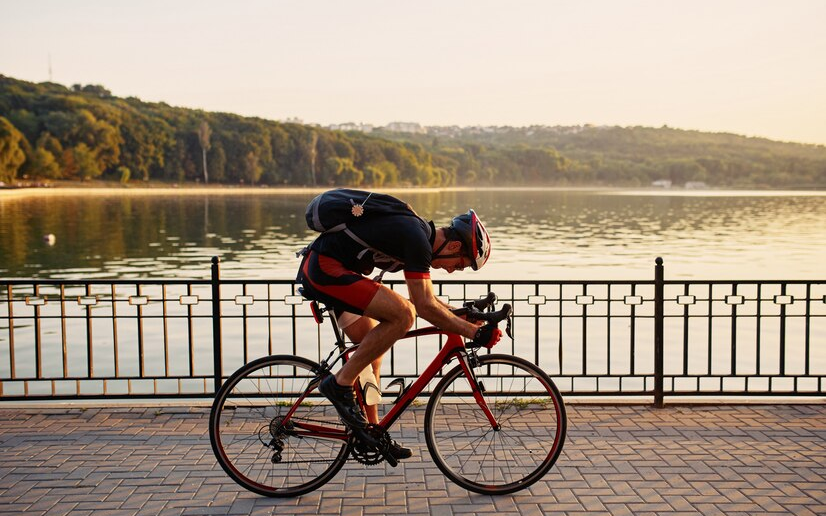
This misalignment can strain the back muscles and vertebrae, leading to discomfort and, in some cases, long-term injury. Ensuring a bike is tailored to the individual’s body dimensions is crucial to prevent such issues.
How to Avoid Back Pain While Riding Bike?
Bike riding is a fantastic way to stay fit, explore nature, and even commute. However, many cyclists often experience back pain as a result of their rides. This discomfort can deter many from continuing this beneficial activity.
Fortunately, with the right techniques and tips, it’s possible to prevent back pain and enjoy cycling to its fullest. Here’s how:
Check Your Bike Fit
Ensuring your bike is tailored to your body’s dimensions is paramount in preventing back pain. A professional bike fit assesses elements like saddle height, handlebar reach, and pedal position.

When these are in harmony with your body’s proportions, it reduces strain on the spine, ensuring a comfortable and pain-free ride. Choosing a well-fitted bike isn’t just about performance-it’s about what’s good for your spine as well.
Making Proper Adjustments
Beyond the initial bike fit, it’s essential to make regular tweaks based on your riding experience. Listen to your body. If you feel strain or discomfort, minor adjustments, such as tilting the saddle or changing the handlebar height, can make a world of difference.

These small changes can alleviate pressure points, ensuring your spine remains neutral and relaxed throughout your rides.
Take Rest Days
While cycling is a passion for many, it’s crucial to remember the importance of rest. Overtraining or prolonged periods of riding can exacerbate back issues.
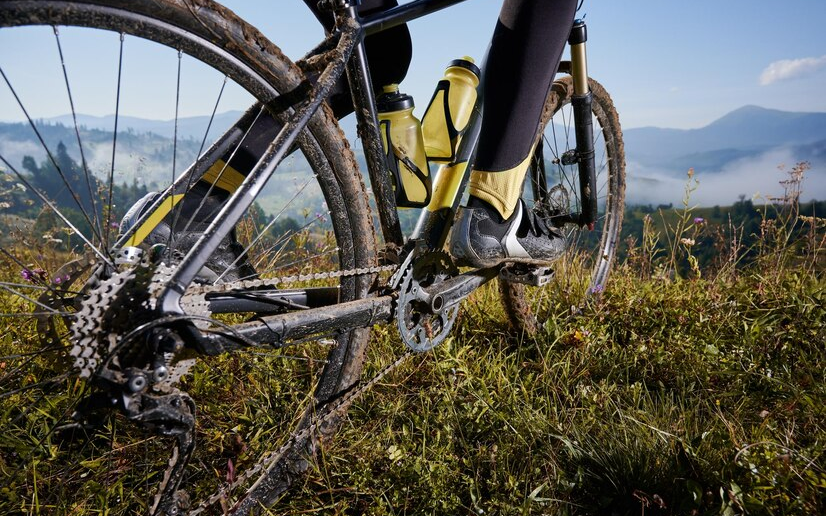
By incorporating rest days into your routine, you give your muscles and spine the necessary time to recover and heal. This not only prevents back pain but also enhances overall cycling performance.
Strengthen Your Core
A strong core is a cyclist’s best friend. Core muscles support the spine, especially during long rides. By incorporating core-strengthening exercises like planks, bridges, and abdominal crunches into your fitness routine, you provide your back with the support it needs.
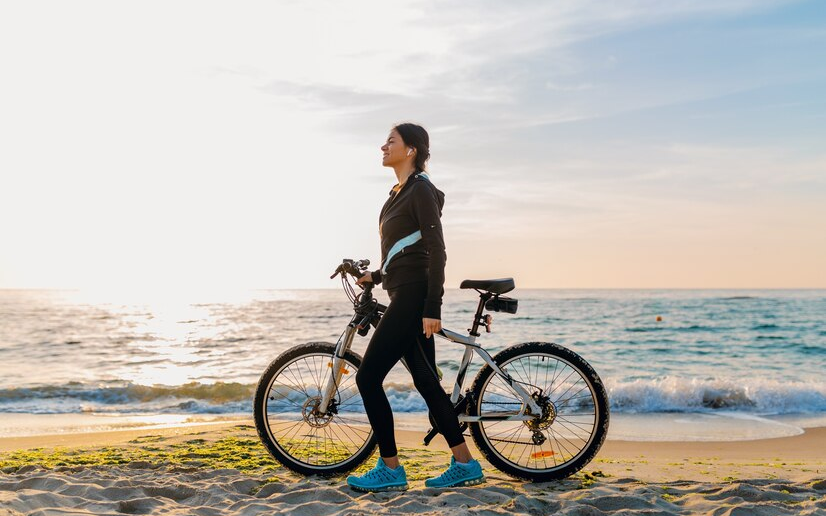
A robust core reduces the reliance on the back muscles alone, distributing the load and preventing pain.
Get a Foam Roller
Foam rolling, often termed self-myofascial release, is a game-changer for cyclists. It helps in releasing muscle knots and improving flexibility. By regularly using a foam roller on your back, glutes, and hamstrings, you can alleviate tension, and improve blood flow.
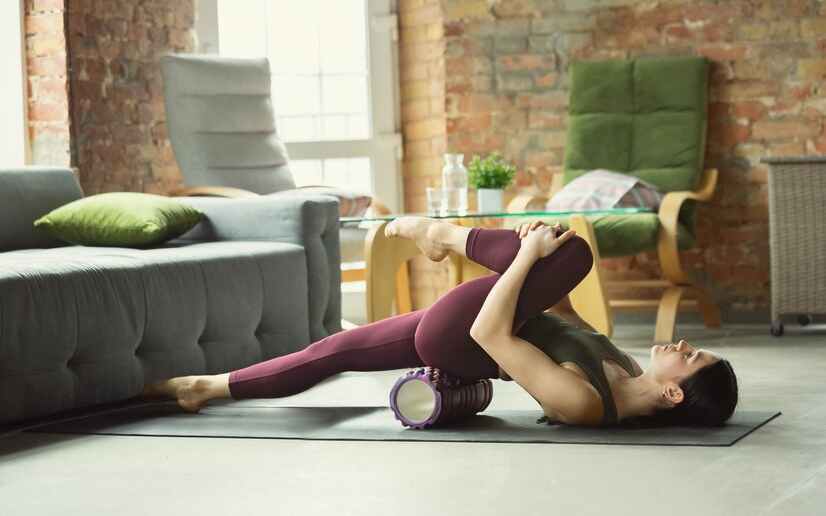
It also prevents the stiffness that often leads to back pain. It’s a simple tool, but its benefits for spinal health are profound.
Exercises to Strengthen the Back for Cycling
Cycling can have an exhilarating effect on your back, but if your core is not strong and resilient, it can cause injury. Back pain is a common concern among cyclists, and one effective way to combat it is by incorporating specific exercises into your fitness routine.
In this guide, we’ll explore exercises that target the muscles of the back, helping you build strength, stability, and ultimately, a more comfortable and enjoyable cycling experience.
Core-Strengthening Exercises
Building a strong core is key to preventing back pain while cycling. Exercises like planks, Russian twists, and leg raises engage your abdominal muscles, obliques, and lower back, providing stability to your spine.
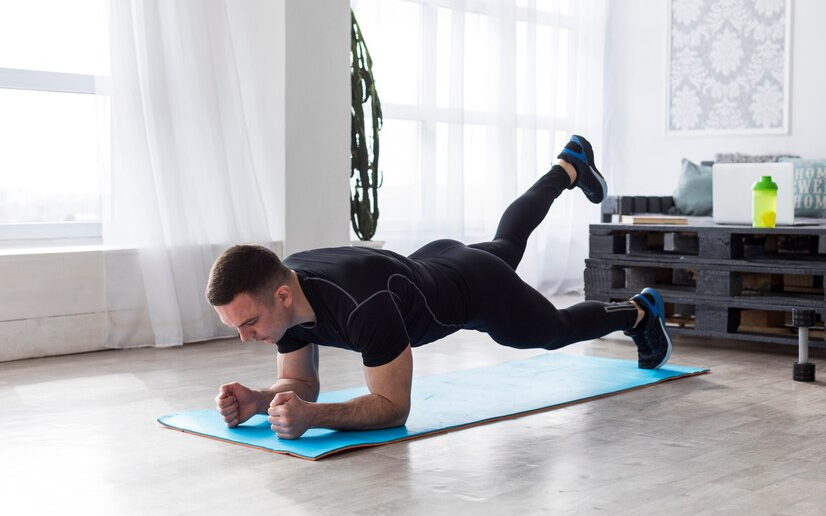
A strong core also helps maintain an upright posture on the bike, reducing the risk of discomfort and strain during long rides.
Lower Back Stretches
Stretching is crucial for maintaining back flexibility and relieving tension. Incorporate exercises like the Child’s Pose, Cat-Cow stretch, and knees-to-chest stretches into your routine.
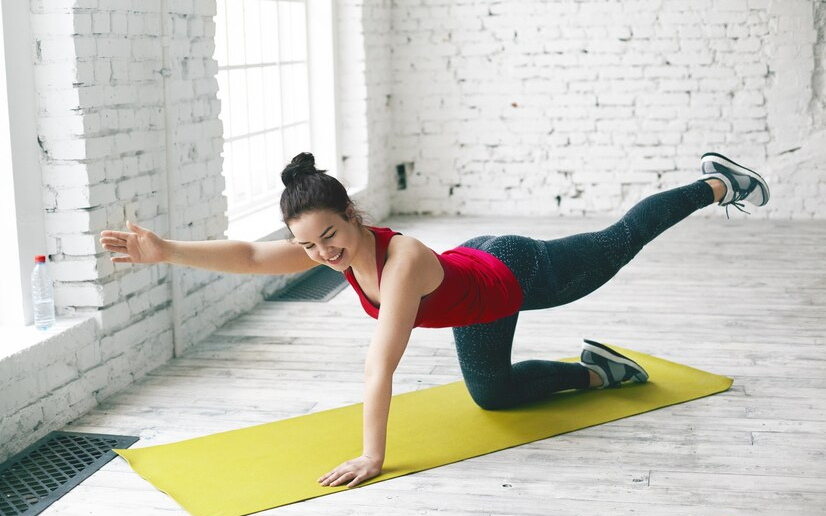
These movements target the lower back, helping to alleviate stiffness and improve your range of motion, making your time in the saddle more comfortable.
Recommended Yoga Poses
Yoga can be a cyclist’s best friend when it comes to back health. Poses like the Downward-Facing Dog, Cobra Pose, and Pigeon Pose can enhance spinal flexibility, strengthen supporting muscles, and alleviate muscle tightness.

Consider integrating yoga sessions into your weekly routine to complement your cycling regimen, helping to keep back pain at bay.
Additional Protective Measures
In an ever-evolving world, taking additional protective measures has become paramount to safeguarding our well-being, assets, and information. Whether it’s personal safety, cybersecurity, or environmental protection, these measures play a crucial role in fortifying our defenses.
This article explores a range of additional protective measures across various domains to help you stay secure and prepared in an increasingly complex landscape.
Using Proper Protective Gear
Investing in quality cycling gear, such as padded shorts, is an essential protective measure for cyclists. Padded shorts provide crucial cushioning and reduce friction, significantly enhancing comfort during long rides.

They help prevent chafing and saddle sores, which can lead to back discomfort. Choosing the right gear tailored to your body type and riding style is a proactive step toward preventing unnecessary strain on your back and ensuring an enjoyable cycling experience.
Importance of Staying Hydrated
Staying hydrated is often underestimated as a protective measure, but it’s vital for maintaining overall health and minimizing the risk of muscle cramps and fatigue during rides. Dehydration can exacerbate back strain by reducing muscle function and increasing the likelihood of cramping.
Make it a priority to drink plenty of water before, during, and after your cycling adventures to keep your muscles and spine properly nourished and functioning optimally.
Recognizing the Signs of Back Strain & When to Stop
Awareness is a key protective measure when it comes to back strain. Learn to recognize the early signs of back discomfort or strain, such as stiffness, aching, or shooting pains. If you experience persistent pain that worsens during a ride, it’s crucial to listen to your body and know when to stop.
Continuing to push through pain can lead to more severe injuries. Taking a break, performing gentle stretches, or seeking medical advice if necessary can help you address the issue promptly and prevent further harm.
Conclusion
Preventing back pain while cycling is a priority for riders seeking a pain-free and enjoyable experience. We’ve covered essential strategies, from maintaining proper posture and bike fit to incorporating back-strengthening exercises into your routine.
It’s crucial to emphasize that taking proactive measures is the key to a comfortable ride. Now that you know how to avoid back pain while riding bike, you can prioritize your health and well-being, as well as ensure that cycling remains a fulfilling and sustainable activity.
Don’t let back pain derail your passion for riding — take these steps to safeguard your back, allowing you to continue exploring new trails, pedaling through picturesque landscapes, and relishing the sheer joy of cycling. You’ll feel the relief on your spine.
FAQs
Generally good; correct bike fit and posture are crucial.
Yes, it can, with proper posture and core engagement.
Consult a doctor first; gentle rides may help but don’t push through severe pain.
Upright positions are often best for back health, but it depends on your body and preferences.

